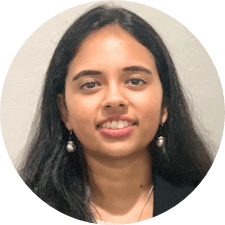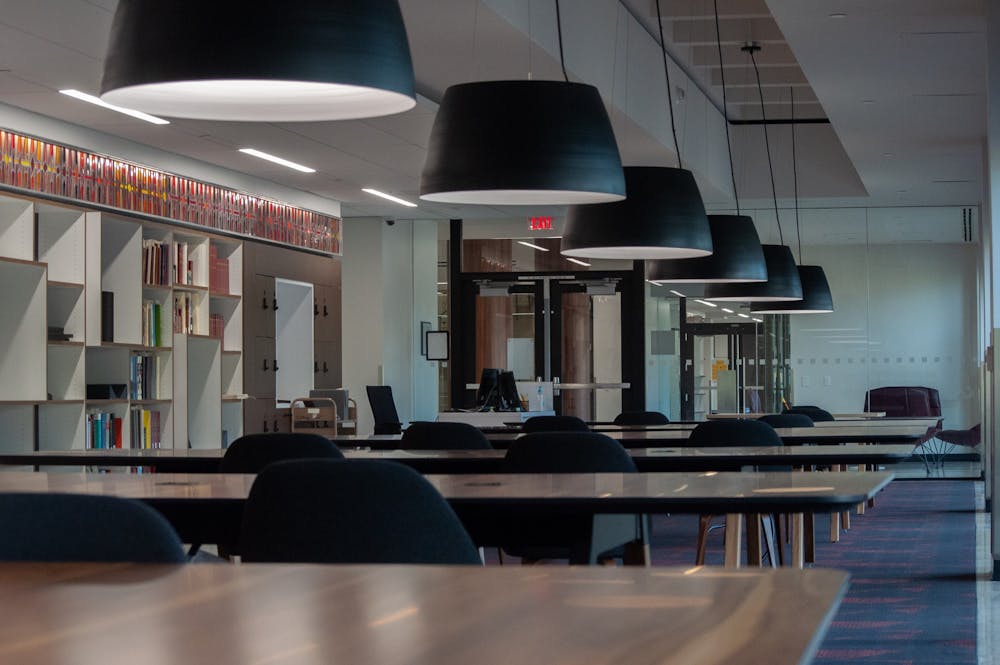Archives serve as a lens for people to understand the past and see firsthand accounts of history through photographs, newspapers and other documents.
At ASU Library, millions of these documents and other educational resources come together to create a home for over 15 collections, covering topics like University and state history.
The collections also hold important resources on various communities and peoples for students and others to understand and learn more about the history of these groups.
With the pandemic ongoing, the collections have been open to the ASU community for a limited set of hours to view them in person. However, the library has been working on digitizing more collections and resources for the public to access easily.
The collections are obtained through donors and partnerships with nonprofit organizations and local museums to preserve tangible parts of history. From there, the archivists and curators work together to process and manage the items in a collection.
The process of creating a collection
Materials to create collections are obtained mainly in two ways. In some cases, donors will donate materials they have collected. In others, libraries have to research and seek out materials through partnerships with local museums or nonprofit organizations.
When the Library receives large donations, it could result in a new collection; or, if there is a specific topic in mind for one, curators will sort through the materials already at the Library and see what could be obtained through a partnership to form a new collection.
Renee James, the curator for the Greater Arizona Collection, said this work is done by curators.
“(Curators) are more involved in collecting the materials by working with the donors, building the collections, and less about the actual hands-on working with the materials,” James said.
After collecting the materials needed for the collection, archivists process and analyze the materials for their historical context and significance to the collection.
Charmaine Bonner, processing archivist for University Archives, said several families of deceased individuals or historical foundations have donated letters and other primary resources to the Library.
Bonner said she sorts out the materials she receives to organize them based on the type of material they are, such as photograph or letter, and possibly divide them further based on their region or subject.
“If a person had a lot of photographs, I might even divide it even further than that, I might say these are headshots, family photos, etc.,” Bonner said. "It really just depends on what I have in front of me as I'm processing.”
After processing the materials, James said archivists tend to focus on managing and creating descriptions for the collection for the public to view.
Collections at ASU Library
ASU Library has both in-house and grant-funded collections.
There are four main in-house collections: University Archives, Labriola National American Indian Data Center, Open Stack Collections and Distinctive Collections.
Three other collections, 100 Years of Grand, Community-Driven Archives and Future of Print, are grant projects, which receive funding from different organizations.
The Community-Driven Archive Initiative was established in 2017 with the purpose of highlighting the stories and histories of Latine, Black, Asian-Pacific Islander and LGBTQ+ communities.
READ MORE: ASU relaunches blog to spark dialogue about underrepresented communities
Jessica Salow, specialist for University Archives, said this initiative was to engage those communities and let them know that their stories and histories matter.
“There is a historical gap within the archival records here in Arizona that only zero to 2% of known archives represent each of those particular communities,” Salow said.
Underneath the larger collections like the Community-Driven Archives are other smaller collections with more focus on a specific topic.
The Greater Arizona Collection holds materials that focus on Arizona politics, mining, labor history, Phoenix history, water and land management, and community-based history.
The collection holds former U.S. Senators Barry Goldwater and Carl T. Hayden's papers and speeches.
There are also over 100,000 photos between 1850 to 1977, showcasing the developing layout of cities and schools in Arizona, among many other industries and areas of Arizona history.
James said she hopes people will have a better understanding of the culture and political history of Arizona from this collection.
“The importance in how these collections document events, people in communities are accessible, and that's really important to understand that these are free to access and they just need to contact us,” James said.
Digital versus physical exhibitions
Digital exhibitions hold archives and collections virtually. They reach a wider audience because they do not require a person to come and view the collections in person, said Julie Tanaka, curator for Rare Books and Manuscripts and interim head of Distinctive Collections.
In-person collections can be scanned and then uploaded to form a digital collection.
The digitization process involves establishing metadata for each of the items being digitized. Metadata consists of data about the collection’s title, year and keywords.
Tanaka said the physical and digital exhibits both have a similar purpose but have different setups. She said a digital collection can be found through a simple Google search, "whereas with a physical exhibit, you know, people are necessary, they might find it easier through advertising and things like that."
Digital collections provide curators the opportunity to make the collections more accessible to people who might have visual or hearing impairments.
Tanaka said one of the exciting tasks about her role is to act as a liaison between faculty and students on campus and other community partners and universities.
“We have something for everyone you know whether we have serious things, but we also have a wide variety of materials that range from, you know, science fiction, American theater, film, television, botany, herbals, gardening, you name it,” Tanaka said.
Reach the reporter at anatar12@asu.edu and follow @AnushaNat1 on Twitter.
Like The State Press on Facebook and follow @statepress on Twitter.
Continue supporting student journalism and donate to The State Press today.





